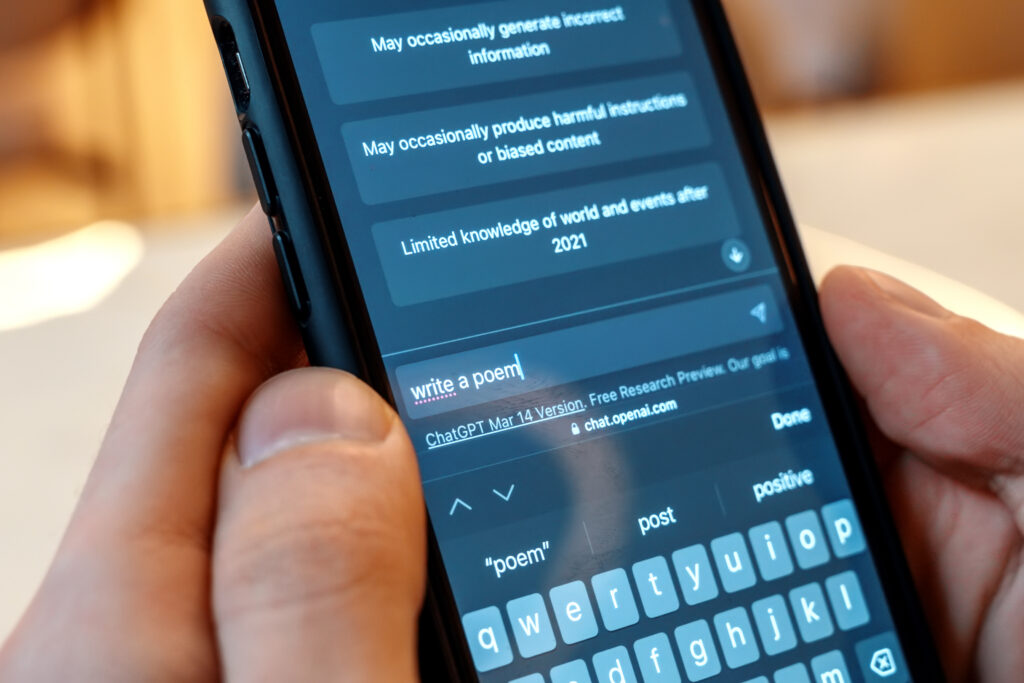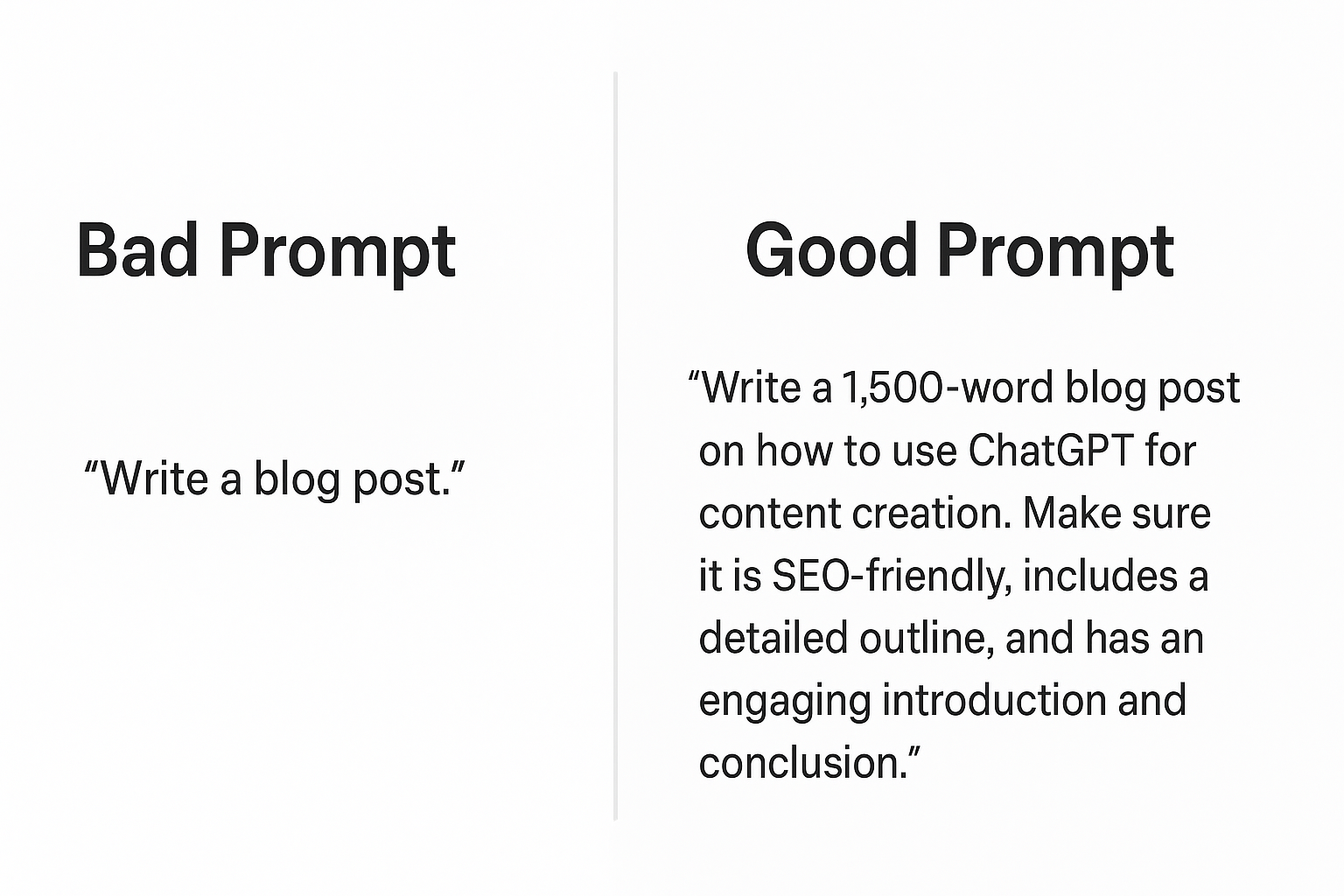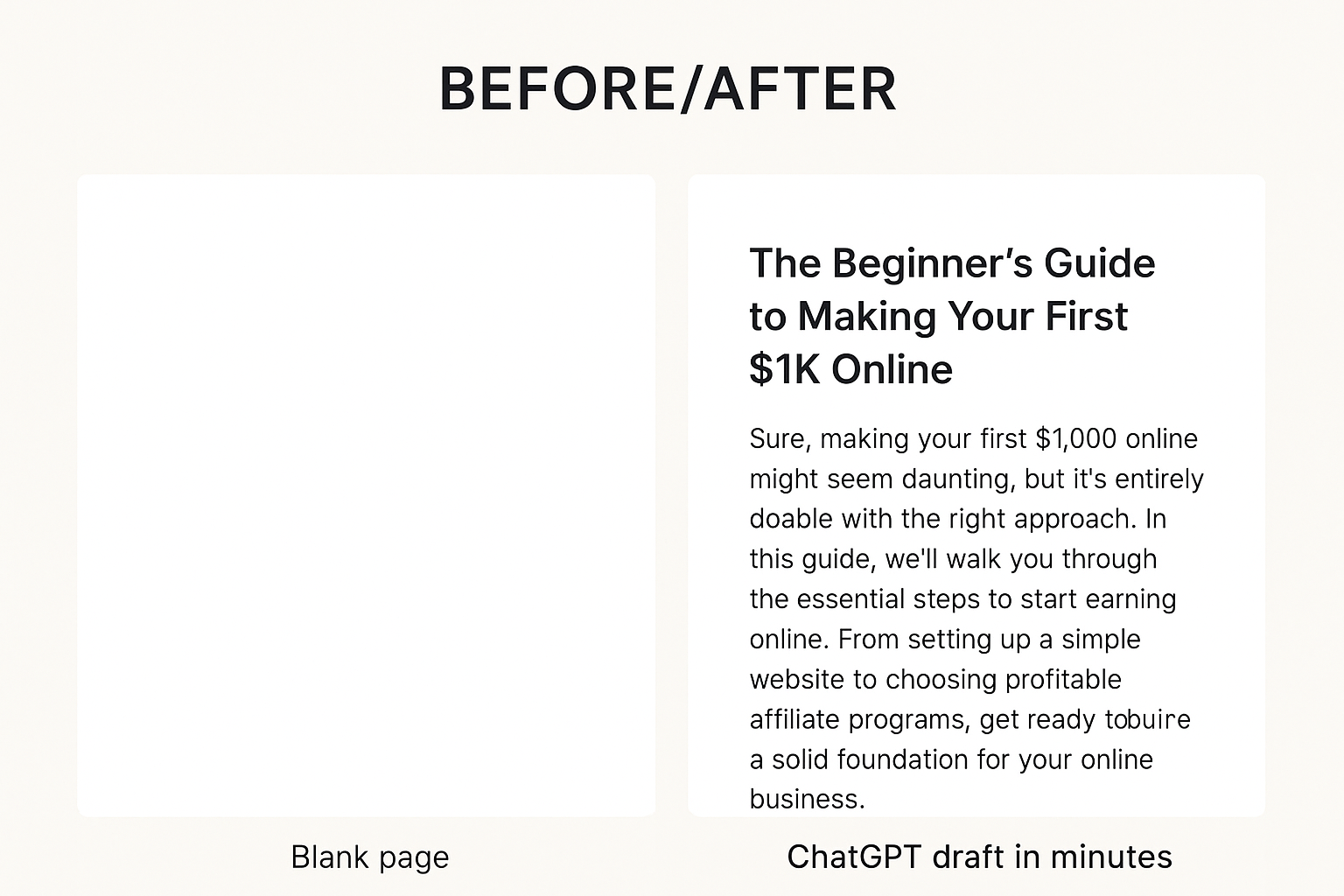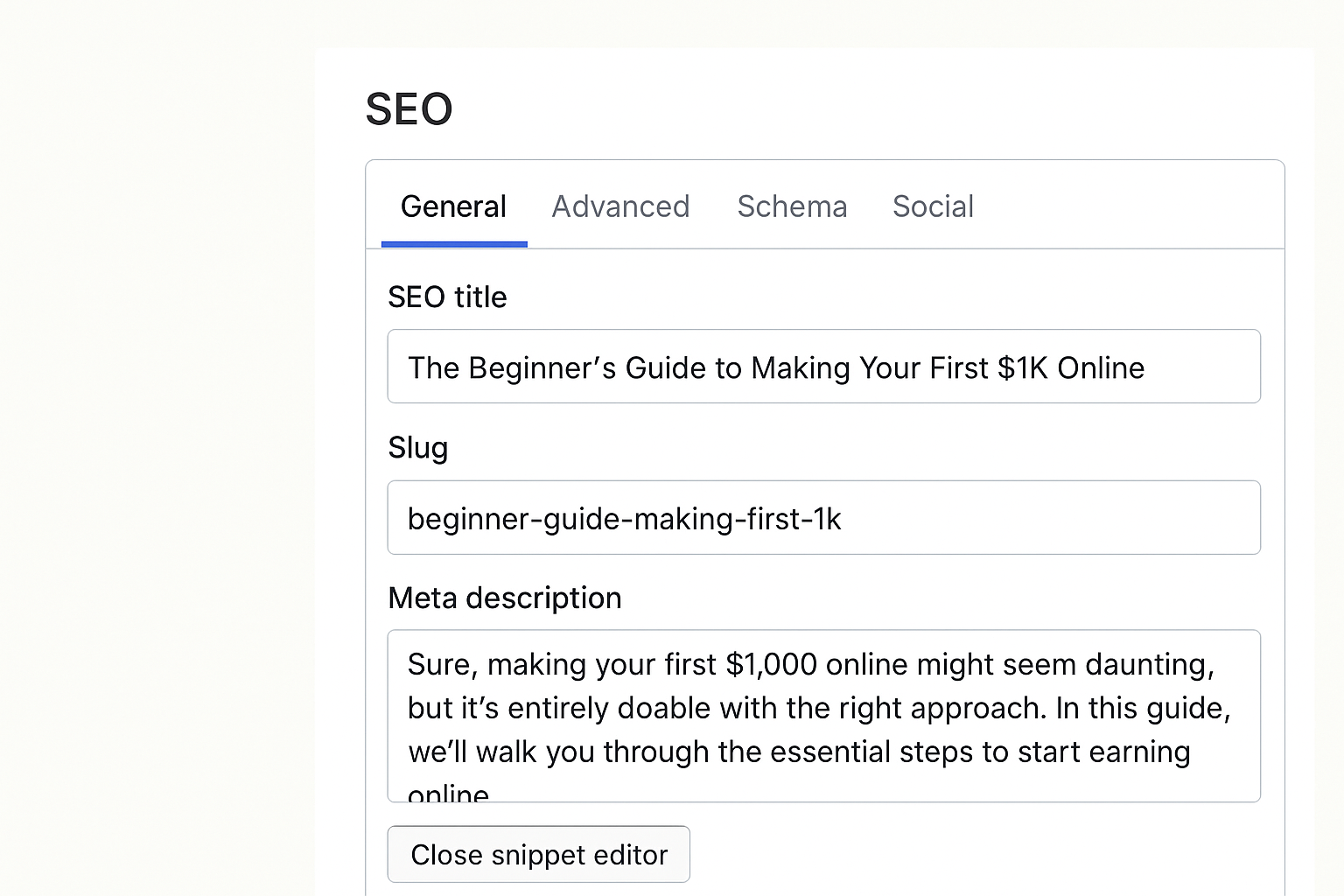If you’ve ever stared at a blank screen and thought, “Where do I even start?” you’re not alone. Writing blog posts can take hours. But what if I told you that you could create a full blog post in just 15 minutes? That’s exactly what I did using ChatGPT.
In this guide, I’ll walk you through step-by-step how I used AI writing tools to save time, keep my writing simple, and publish a ready-to-go blog post. Think of this as your ChatGPT blogging tutorial.
Whether you’re new to blogging or you’ve been at it for years, by the end of this post, you’ll know how to use ChatGPT to speed up your content creation process without losing your unique voice.
Why Use ChatGPT for Blogging?
Let’s face it, writing takes time. Between research, outlining, and editing, you could spend an entire day on one post. But tools like ChatGPT can cut that down to minutes.
Here’s why bloggers (like me and maybe you) are turning to AI writing tools:
- Fast content creation: You can generate drafts in minutes.
- Brainstorming ideas: Stuck for topics? ChatGPT gives you a list in seconds.
- SEO-friendly: With the right prompts, you can get keyword-rich content.
- Easy editing: It’s like having a writing buddy who never gets tired.
 Affiliate link placeholder: [Try ChatGPT here]
Affiliate link placeholder: [Try ChatGPT here]

Step 1: Start with a Clear Topic
The first thing I did was choose a simple topic: “How I created a blog post in 15 minutes with ChatGPT.”
Here’s why this step is so important: ChatGPT works best when you give it clear instructions. If you just type “Write a blog,” you’ll get something generic. But if you say, “Write a 1,200-word blog post about how to make money blogging with SEO tips,” you’ll get a much stronger result.
 Tip: Always start with your main keyword. In my case, I used “ChatGPT blogging tutorial.”
Tip: Always start with your main keyword. In my case, I used “ChatGPT blogging tutorial.”
Step 2: Write a Prompt That Works
The secret to using ChatGPT well is learning how to write prompts. Think of a prompt as your “instructions” to the AI. The better the instructions, the better the result.
Here’s the exact prompt I used:
Write a 1,500-word blog post on: How I Created a Blog Post in 15 Minutes with ChatGPT.
Make it SEO-friendly, 5th-grade readability, and plagiarism-free.
Use H1, H2, and H3 headings, examples, and simple flow.
Optimize for keywords like ChatGPT blogging tutorial, AI writing tools, and fast content creation.
When I pasted this into ChatGPT, it gave me a solid draft in less than a minute.
 Affiliate link placeholder: [Get prompt templates here]
Affiliate link placeholder: [Get prompt templates here]

Step 3: Review and Edit the Draft
Now, here’s the key part: don’t just copy and paste whatever ChatGPT gives you. That’s where a lot of bloggers go wrong. AI can give you a starting point, but it’s up to you to polish it.
When I got my draft, I did three things:
- Simplified the language: ChatGPT sometimes writes too formally. I changed sentences to sound more human.
- Added personal touches: I included my own experience (like how I picked this exact topic).
- Checked SEO: I made sure my keywords, like “ChatGPT blogging tutorial,” showed up naturally.
 Tip: Always run your post through a plagiarism checker. Even though ChatGPT generates fresh content, it’s smart to double-check.
Tip: Always run your post through a plagiarism checker. Even though ChatGPT generates fresh content, it’s smart to double-check.
Step 4: Add Visuals and Screenshots
Readers love visuals. They break up the text and make your post easier to follow.
For this tutorial, I added:
- A screenshot of my ChatGPT prompt.
- A step-by-step outline screenshot.
- A quick chart of “Time spent writing: With vs. Without AI.”
 Affiliate link placeholder: [Get Canva for quick visuals]
Affiliate link placeholder: [Get Canva for quick visuals]

Step 5: Insert Affiliate Links Naturally
One big mistake beginners make is dumping affiliate links everywhere. Don’t do that. Instead, place them where they actually help the reader.
For example:
- When I mentioned AI writing tools → link to ChatGPT or Jasper AI.
- When I mentioned editing tools → link to Grammarly or ProWritingAid.
- When I mentioned design tools → link to Canva.
 Tip: Make your affiliate links look natural by tying them to advice, not just throwing them in randomly.
Tip: Make your affiliate links look natural by tying them to advice, not just throwing them in randomly.
 Affiliate link placeholder: [Start a free trial of Jasper AI here]
Affiliate link placeholder: [Start a free trial of Jasper AI here]
Step 6: Add SEO Touches Before Publishing
Before hitting publish, I did a few quick SEO steps:
- Title: I made sure my keyword was in the title. ( “Step-by-Step: How I Created a Blog Post in 15 Minutes with ChatGPT”).
- Headings: Each H2 had keywords like “fast content creation” or “AI writing tools.”
- Meta description: I wrote a short summary: “Learn how to write a full blog post in just 15 minutes using ChatGPT. Step-by-step tutorial for bloggers using AI writing tools.”
- URL slug: I kept it simple →
/chatgpt-blogging-tutorial.
 Affiliate link placeholder: [Get Rank Math SEO Plugin]
Affiliate link placeholder: [Get Rank Math SEO Plugin]

Does ChatGPT Replace Bloggers?
This is a big question, and the answer is no. ChatGPT won’t replace bloggers. Instead, it helps us write faster.
Think of it like a calculator. A calculator won’t replace a math teacher, but it helps with the heavy lifting. Similarly, ChatGPT helps with:
- Drafting content quickly.
- Brainstorming ideas.
- Organizing your writing.
But your personal touch, your voice, your stories, and your tips, still matters the most.
Final Thoughts: ChatGPT is a Blogger’s Secret Weapon
If you’ve been struggling with writing, I highly recommend giving ChatGPT a try. With the right prompts and a little editing, you can create professional, SEO-ready blog posts in a fraction of the time.
 Affiliate link placeholder: [Start using ChatGPT here]
Affiliate link placeholder: [Start using ChatGPT here]

